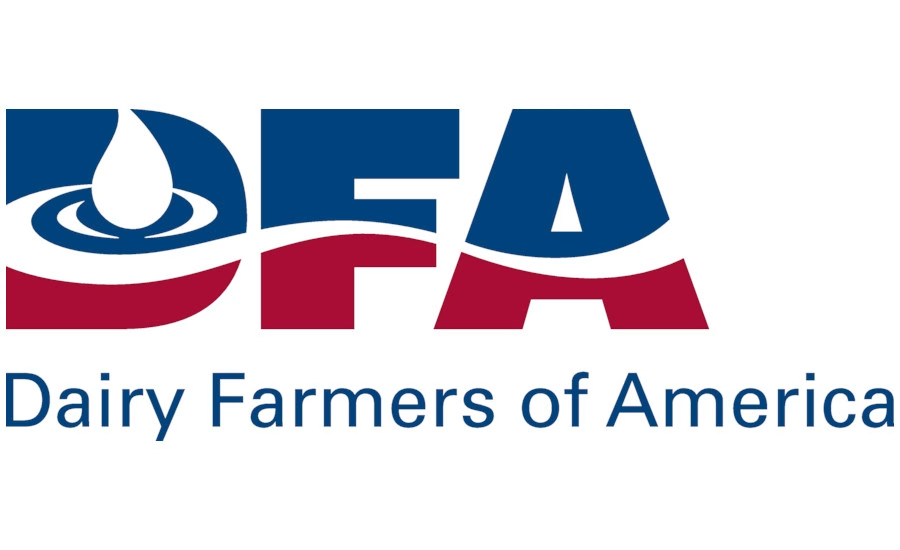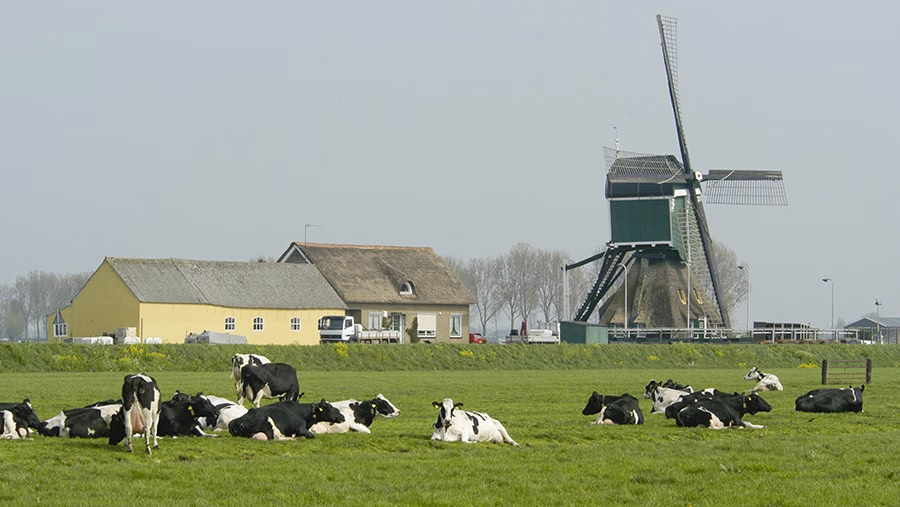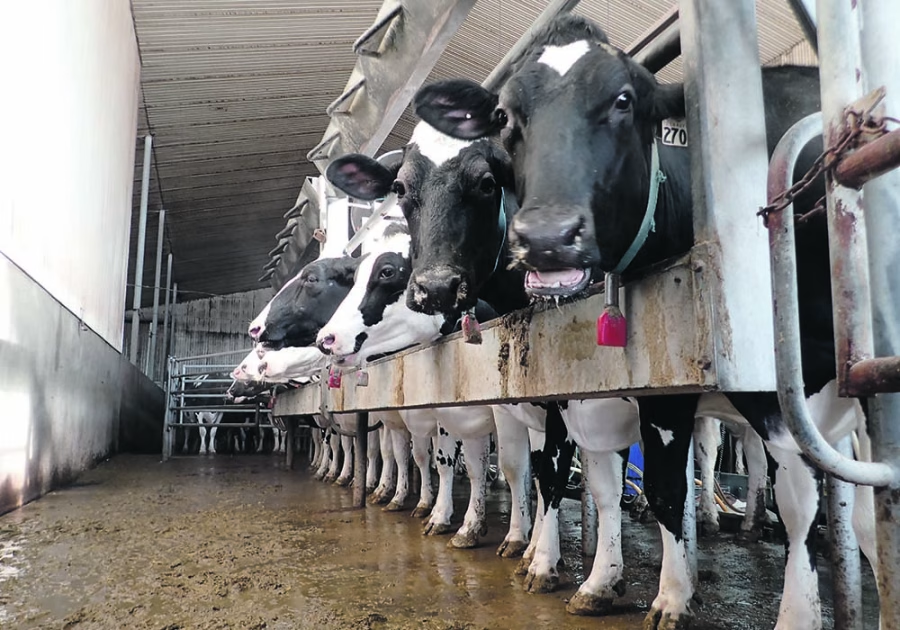Uncover the future of dairy farming in Canada and the US. How will trends and tech reshape your farm? Stay ahead with expert advice and insights.
Summary: In an era where the dairy farming industry faces increasing environmental and economic pressures, the future of dairy farming in Canada and the US stands at a crossroads. Competing approaches in these neighboring nations present both challenges and opportunities. While Canada adheres to a regulated dairy supply management system, the US capitalizes on economies of scale, impacting herd size, sustainability, and technological integration. Expert insights from Dr. Jack Britt and Carlyn Peterson reveal how these differing methodologies shape the landscape, with Canada’s costly entry hindering expansion despite profitability and the US’s larger, more efficient farms driving growth. Advancements in data analytics, AI, and sustainable practices, like reducing protein in cow diets and enhancing manure management, are pivotal for the future. The dairy industry in North America must embrace innovative technologies while considering the unique economic frameworks of each country to ensure a sustainable and profitable future.
- Canada’s regulated dairy supply management system ensures balanced milk production but imposes high entry costs, hindering expansion.
- The US dairy industry leverages economies of scale, resulting in larger, more efficient farms that drive growth despite market fluctuations.
- Environmental and economic pressures are significant challenges for the dairy farming industry in both Canada and the US.
- Technological advancements such as data analytics, AI, and automation are revolutionizing dairy farm management, improving efficiency and sustainability.
- Expert insights emphasize the importance of integrating sustainable practices, such as reducing protein in cow diets and enhancing manure management.
- Adopting innovative technologies is crucial for ensuring a sustainable and profitable future for the dairy industry in North America.

Warning: The Dairy Farming Secrets That Could Make or Break Your Future! The dairy industry in North America is at a pivotal crossroads, brimming with potential for growth and innovation. With rapid technological advancements and evolving market dynamics, Canadian and American dairy farmers face an unprecedented wave of change. Two leading experts shared their insights at the Animal Nutrition Conference of Canada. Dr. Jack Britt, professor emeritus at North Carolina State University and chair of the Advisory Committee at the North Carolina Biotechnology Center, and Dr. Carlyn Peterson, dairy technical manager at Selko, a Nutreco brand specializing in specialty feed additives, delved into what lies ahead for the industry with a strong focus on sustainability. Here’s a glimpse into their visionary take on where dairy farming is headed.
Spotlight on Herd Size: A Comparative Analysis by Dr. Jack Britt
“Currently, the average herd size in the USA is about 350 cows and in Canada about 90 cows,” notes Dr. Jack Britt, Professor Emeritus at North Carolina State University and Chair of the Advisory Committee at the North Carolina Biotechnology Center.
Canadian Approach to Dairy Farming
According to Britt, the US and Canada approach herd size management quite differently:
“Canada has a system focused on balancing supply and demand by making it very expensive to start a dairy farm or increase herd size. This supply management system makes dairying profitable but creates a strong hindrance for farmers or families wanting to start new dairy herds. The quota fee for adding one new cow to a herd in Canada varies among provinces but can reach CAD$40,000 per head or more. This is not a true free-market system, but it meets the needs of the dairy industry and Canada’s population.”
Britt further explains this through a conversation with a young Canadian dairy farmer using a robotic milking system for almost 40 cows, the maximum the robot can service:
“If he added a robot, he could nearly double his herd size, but the fee to add 30 cows would be two to three times the cost of the cows and the new robotic milking unit,” says Britt.
US Dairy Farming Dynamics
However, in the US, the startup costs are generally tied to land, cows, and facilities. US dairy herds tend to be larger, especially west of the Mississippi River, with New Mexico’s average milking herd size now at around 2,500.
Britt notes, “Most larger dairy farms in the US milk cows three times per day around the clock, using land, animals, and equipment to their fullest extent, thus minimizing the cost of milk production.”
Future Projections and Technological Integration
Britt expects US dairy farms to continue growing in size due to increased efficiency and profitability per unit of milk. He also anticipates using more robot milking systems as farm labor becomes more costly.
He notes, “We may have to start recruiting from other parts of the world. “Hourly pay is increasing quickly on farms.”
Carlyn Peterson Sheds Light on the Sustainable Transformation of Dairy Farming
Dr. Carlyn Peterson, Dairy Technical Manager at Selko—a Nutreco brand specializing in feed additives—recently shared insights at the Animal Nutrition Conference of Canada, emphasizing the future of dairy farming with a sustainability lens. She highlighted the exceptional efficiency of the US dairy herd, which ranks fourth most significant in size globally but second in production levels, a testament to ongoing advancements.
Peterson attributed these productivity gains to several factors: increased heifer growth rates, reduced age at first calving, optimized total mixed rations tailored for age and lactation stages, strategic genetic selection for enhanced productivity, longevity, and efficiency, and the widespread application of artificial insemination.
On the sustainability front, dairy farmers are making strides by reducing protein in cow diets, utilizing more effective feed additives, and improving crop production and manure management. Peterson remarked, “I think small changes implemented together will continue to enhance the efficiency of our dairy systems, leading to better environmental sustainability. Additionally, many promising technologies to reduce enteric methane are still on the horizon. Precision feeding optimally meets animal requirements, and practices like increasing the average number of lactations and improving animal handling and husbandry will further progress environmental sustainability.”
However, Peterson acknowledged the challenges in operationalizing these strategies, especially for enteric methane mitigation. “We are largely unaware of how additives combine, whether their results are fully additive or a mix of addition and subtraction,” she pointed out. “Research is crucial for understanding how to integrate these technologies into diverse individual systems, as variations are significant.”
The Bottom Line
The future of dairy farming in Canada and the US is set for a major shift thanks to technological advancements and sustainable practices. Canada focuses on sustainability and community, using smaller herd sizes to emphasize quality. In contrast, US farms operating on a larger scale prioritize high production with advanced technologies. Both countries are adopting data analytics and AI for optimal dairy farm management. This tech integration boosts productivity and aligns with ethical, sustainable farming demands. Canada and the US are setting global benchmarks by embracing innovation. As we look ahead, industry stakeholders must invest in R&D, innovative solutions, and collaborations, pushing the dairy sector toward a greener future. Each tech upgrade and sustainable practice adopted today brings us closer to tomorrow’s more ethical and efficient dairy farming landscape.














